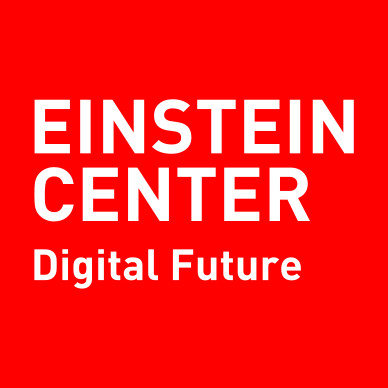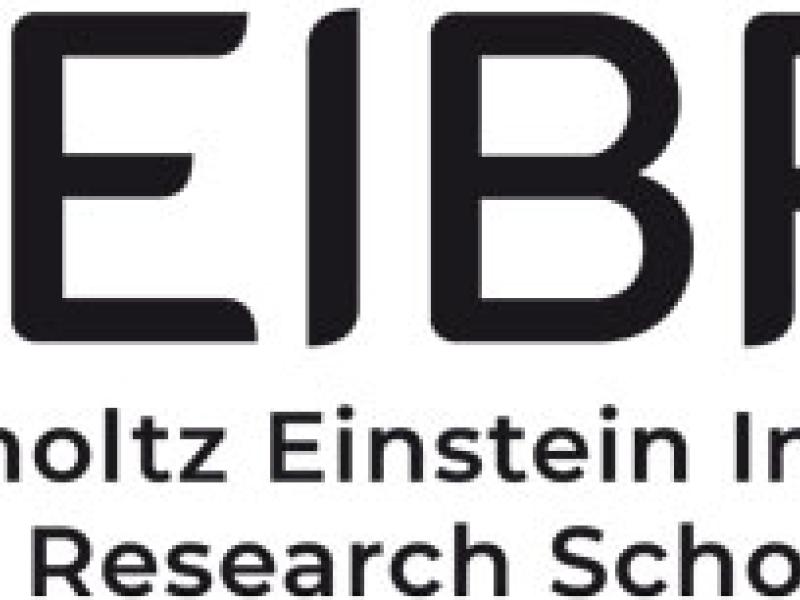With the growing share of photovoltaic (PV) solar energy in the global energy generation capacity, building-integrated photovoltaics (BIPV) gains increasing importance. For BIPV, aesthetical factors, such as color, play a larger role than for large industrial PV fields. The structural color of PV modules and surface texturing for minimizing reflective losses and for self-cleaning have to be considered for accurately estimating the optical performance and, subsequently, the annual energy yield. This raises several issues which are hardly considered in state-of-the-art numerical methods, which are used for planning PV systems and for estimating their performance: Which specific module surface treatments ensure maximum energy yield? How does the module appear visually to an observer throughout the day and year? How do the spectral albedo of the surroundings, local weather conditions and local shadowing affect the result? How can the complex environments in building-integrated and bifacial solar modules be simulated as efficiently as possible?
This project aims to develop an all-encompassing optical modeling and optimization toolbox for individual PV modules considering the full optical circumstances from specifically textured module surfaces to local solar irradiance conditions. Together with urban planners and architects, desirable color effects will be identified. Metrics will be developed in order to quantify the aesthetical effect of color appearance of BIPV modules. The PhD student will model PV modules with different textured surfaces and coloring techniques, and account for shadowing and spectral reflection of the surroundings, e.g. from overgrown ground and trees.
This project is conducted within the Helmholtz Einstein International Research School in Data Science (HEIBRiDS Graduate School), with the partners Helmholtz-Zentrum Berlin and Zuse Institute Berlin. In 2018 the Einstein Center Digital Future (ECDF) and the Helmholtz Association established HEIBRiDS. As an interdisciplinary program, HEIBRiDS trains young scientists in Data Science applications within a broad range of natural science domains, spanning from Earth & Environment, Astronomy, Space & Planetary Research to Geosciences, Materials & Energy and Molecular Medicine. The mission of HEIBRiDS is to educate new generations of researchers, who, as skilled data scientists, understand the demands and the challenges of the disciplines in which data science has become indispensable.



